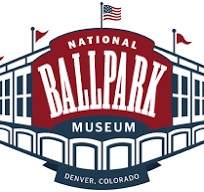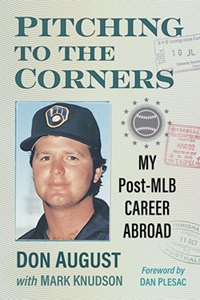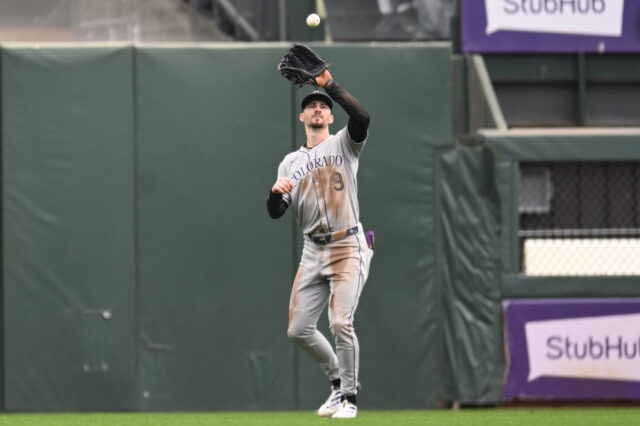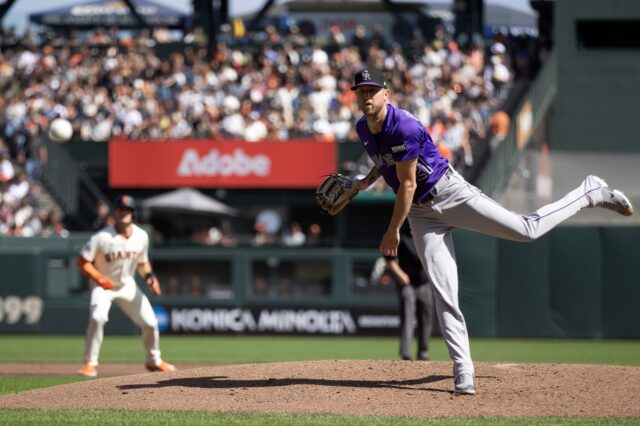Strike 3: Coors Field is celebrating its 30th season this year. That’s more than all but nine ballparks (out of 30) in Major League Baseball.
If you’re shaking your head while you read this, it’s because you remember when the sparkling new ballpark on Blake Street came onto the scene and wowed all of MLB. Seems like yesterday that Dante Bichette hit an extra inning walk off homer to beat the New York Mets in the first game played there.
Over the years, Rockies ownership has done a tremendous job reinventing Coors Field and the surrounding region. Improvements – some fans notice and some they don’t – are going on every offseason. A new state of the art scoreboard a few years back. Before that, the installation of the Rooftop aka, the “Party Deck” which many call the best sports bar in Denver. Underneath, the clubhouse and the facilities have been brought up to top-notch standards, and restaurants are readily available at multiple levels.
In every way possible, Coors Field belies it’s age.
That doesn’t change the fact that it’s the third-oldest ballpark in the National League.
Now, from a factual side, the Rockies are locked into a lease agreement with the city until 2047. The 30-year extension agreement both sides signed in 2017 allows for even more development of the land around the stadium, clearly being done to keep Coors Field the city’s only true “destination” sports arena (regardless of what’s on the scoreboard.)
Coors Field would be almost 60 years old when the lease expires if both sides stick to the current agreement. To keep that in perspective, Fenway Park and Wrigley Field are more than 100 years old (each having gone through multiple renovations) and Dodger Stadium is not quite 65 years old.
On the flip side, the Texas Rangers are in their third ballpark since 1993, the first year of the expansion Rockies franchise. The Atlanta Braves are playing in their third different home since Coors Field was opened. The Rockies expansion cousins, the Miami Marlins, are also in their third home since their inception. They only played in Marlins Park for eight seasons before it was replaced.
Baseball stadiums aren’t disposable, but they aren’t made to last forever, either.
So what if negotiations between the Rockies and the Metropolitan Stadium District (which owns a large percentage of Coors Field on behalf of the taxpayers who helped pay for it) turned a different direction, and it was determined a new home for the Rockies was needed in say, 10 years or so? What would it look like and where would it be located?
Land is precious (and very expensive too) within and around the city of Denver. When (not if) the Broncos build a new stadium (to replace the one that is just eight years newer than Coors Field), reports say it will very likely end up on the outskirts of the city, similar to what happened with Dick’s Sporting Goods Park located in Commerce City. Same with the Denver Nuggets and Colorado Avalanche. Doubtful that any new arena for hoops and hockey would remain within the city limits either.
Say what you will about the team Rockies ownership puts on the field year by year. But there’s no way you can criticize their presentation – including the state of the current venue they continue to upgrade. Sooner or later the upgrades will need upgrades, and at that point, talk about a new version of Coors Field will begin.
You can be sure when that happens the new place will have a great view of the Rocky Mountains, great amenities – including a rooftop patio (a concept the Rockies invented) and be as customer friendly as humanly possible. In other words, the experience is unlikely to change, just the location.
And we can cross our fingers about the on field product being new and improved, too.





